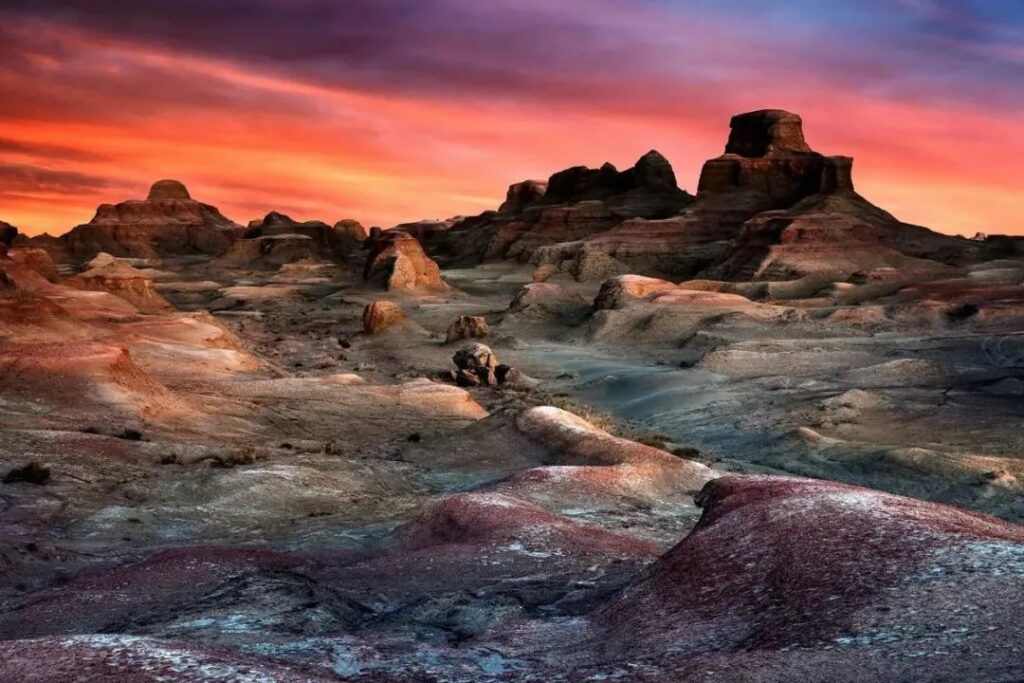
Urho: The Most Magnificent Rock Yardang
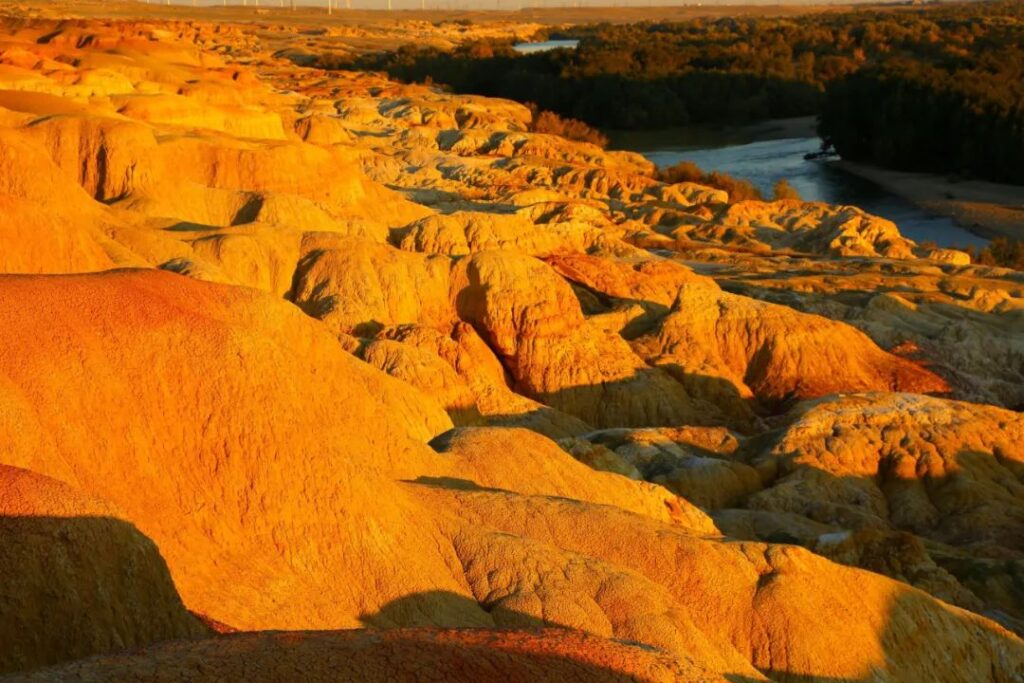
Urho generally refers to the Ghost City, also known as Urho Wind City. It is located in the Urho mining area in the lower reaches of the Jiamu River, on the northwestern edge of the Junggar Basin in Xinjiang Uygur Autonomous Region, about 100 kilometers southwest of Karamay City.
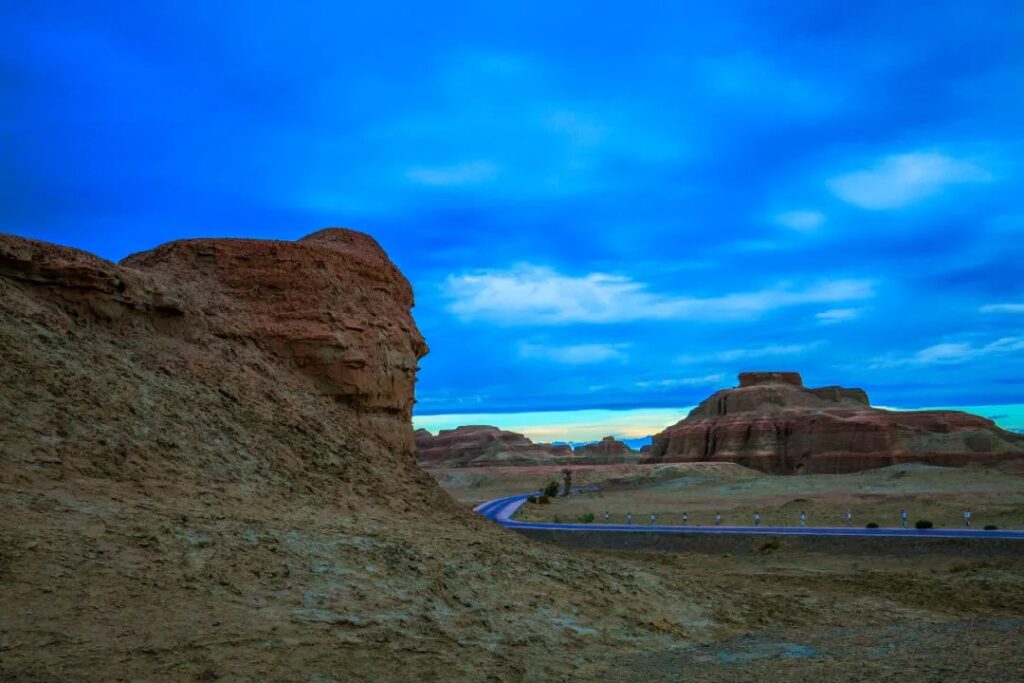
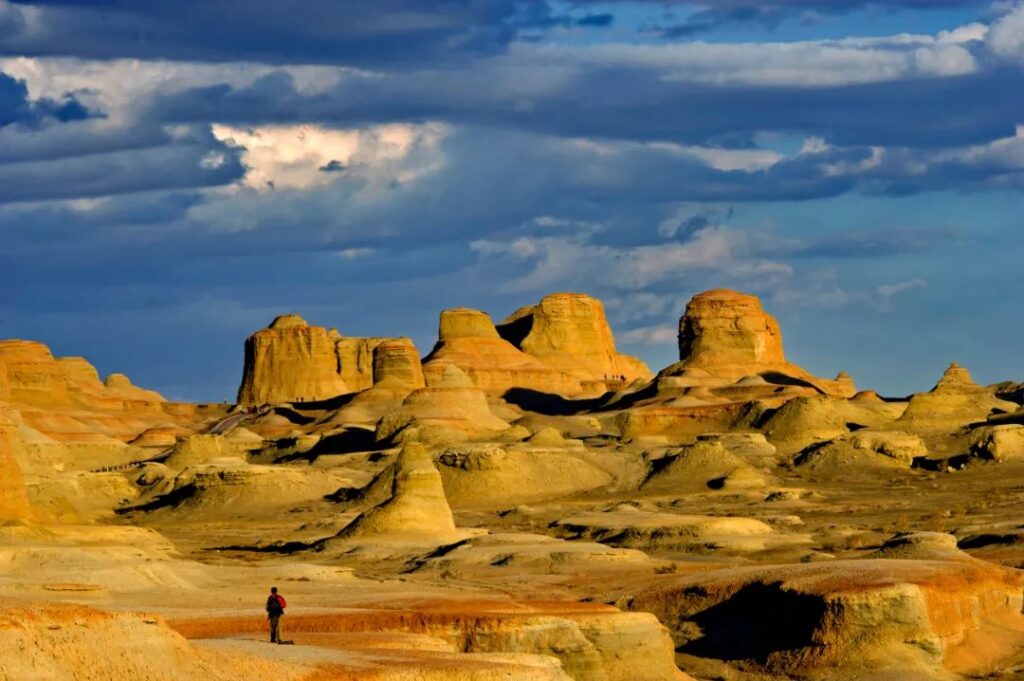
Urho, called “Shaytan Keshi” by the Uyghurs, means “Devil’s City.” This area is a typical yardang landform region. “Yardang” is a Uyghur word meaning “steep small hill.” The yardang landform is named after the most typical yardang area near Lop Nur in the Tarim Basin of Xinjiang. It is a type of wind-eroded landform formed in arid, windy environments.
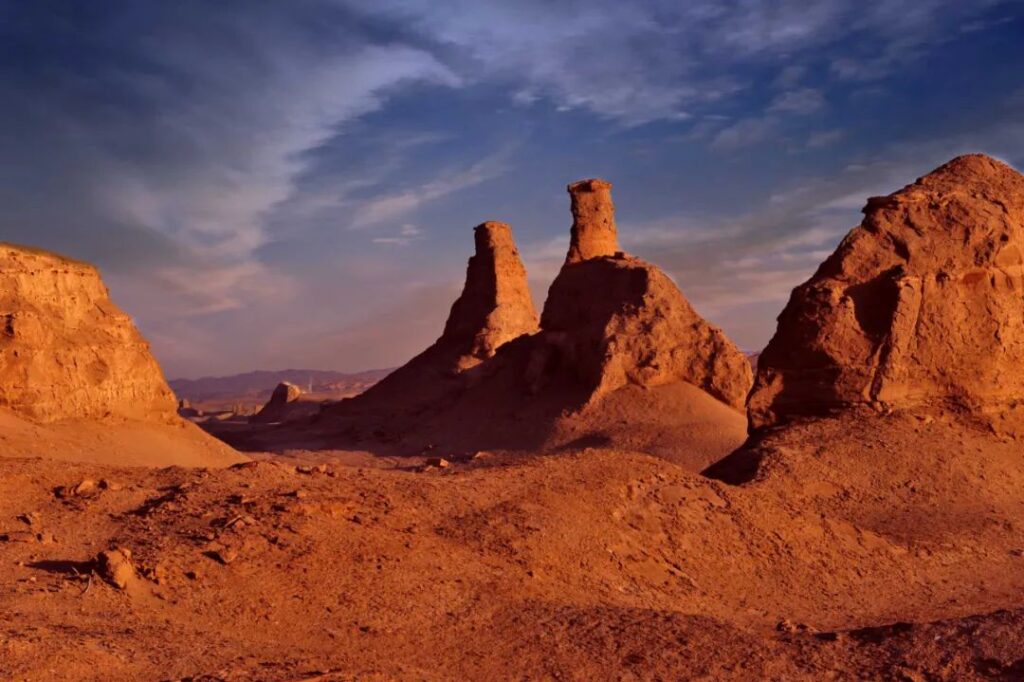
Bairongdui: The Most Mysterious Yardang
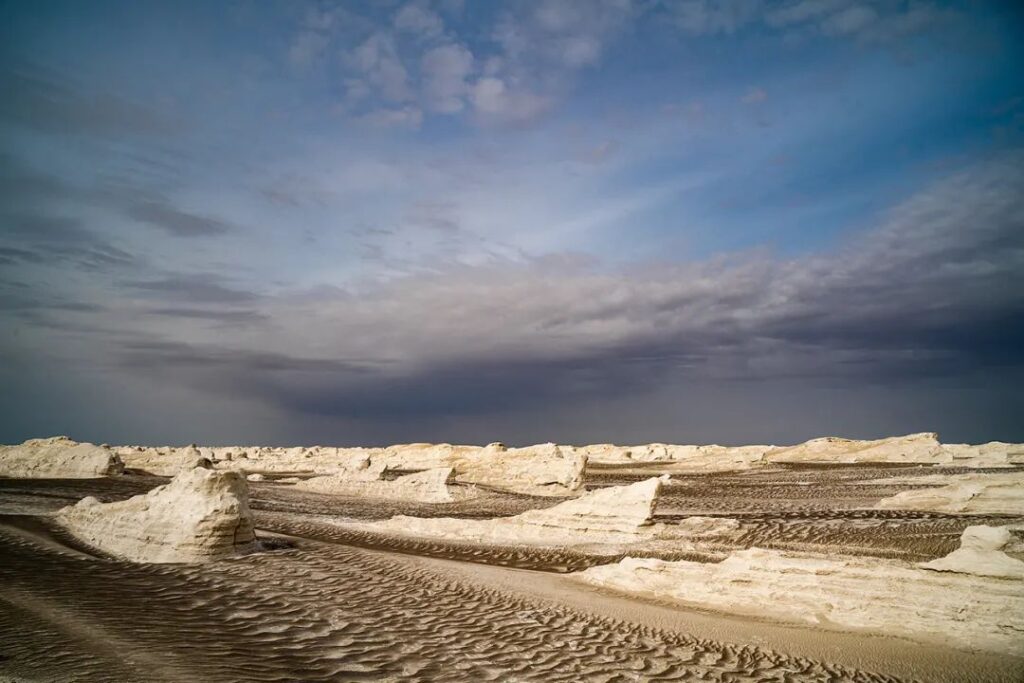
Bairongdui, along with Longcheng and Sanlong Sha, is known as one of the three great yardang groups in Xinjiang’s Lop Nur, all famous landscapes of the region.
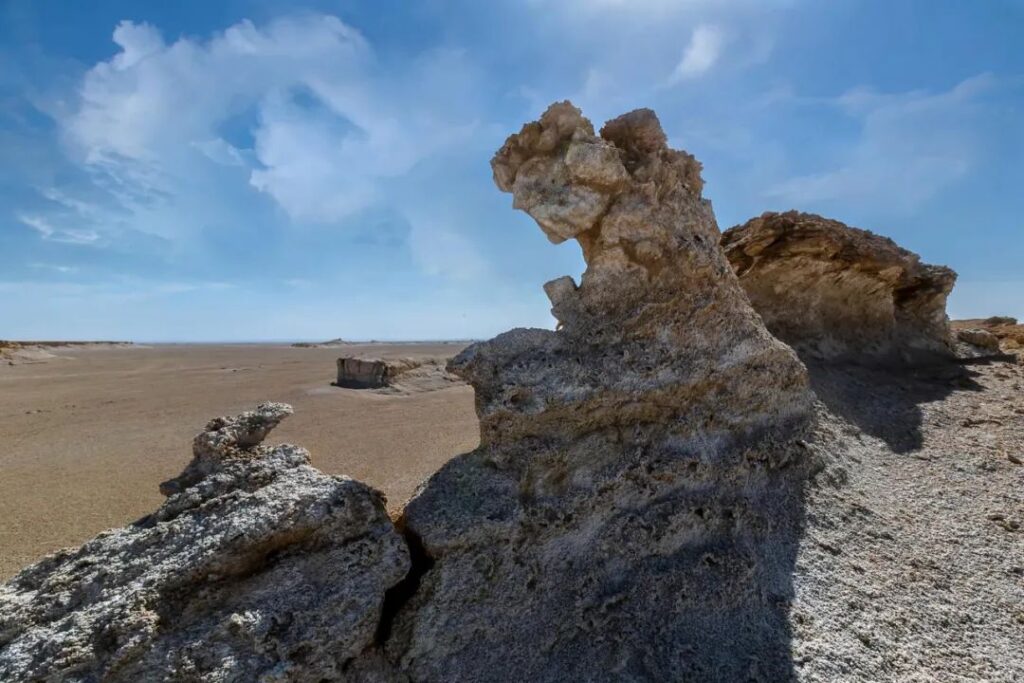
Located in the northeastern part of Lop Nur, Bairongdui is a group of salt-alkali earth platforms stretching for nearly 100 kilometers. The middle route of the ancient Silk Road passing through Lop Nur traversed Bairongdui, and merchants continued to travel through it until the Tang Dynasty. In historical books, Bairongdui is often described as an extremely treacherous area, said to be haunted by ghosts and monsters.
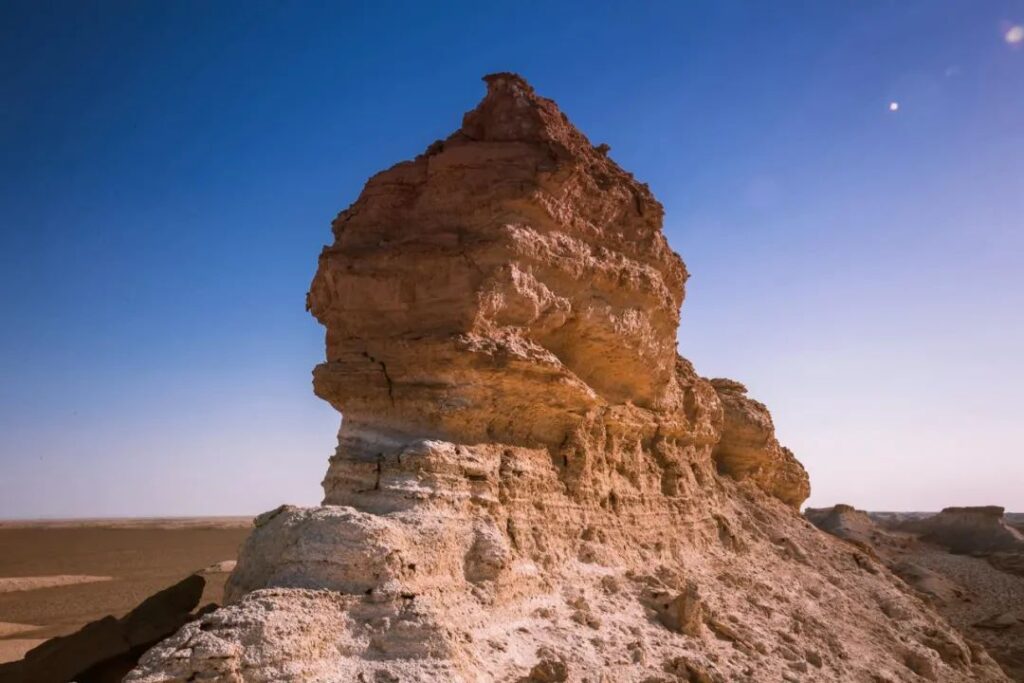
In reality, Bairongdui remains a dangerous no-man’s land to this day. The climate is hot, and the environment is extremely harsh. Travelers passing through this area generally have already used most of their supplies. If caught in a sandstorm for several days, people can become trapped, dying from either hunger or thirst. Therefore, from June to August, most people avoid entering this area.
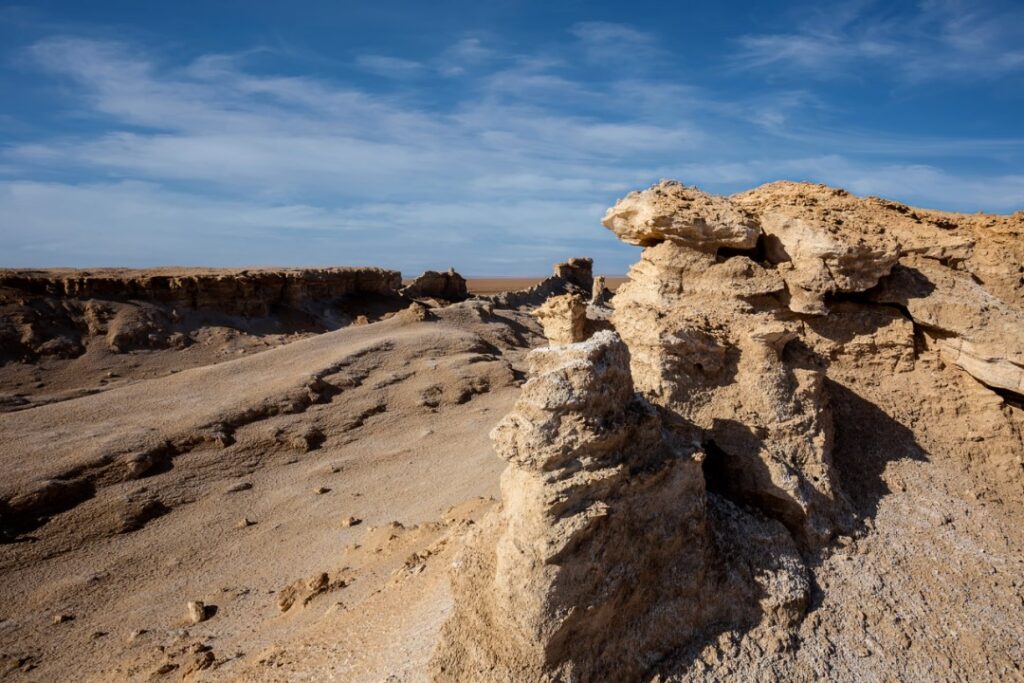
Sanlong Sha: The Most Spectacular Yardang

Sanlong Sha Yardang is located in the Gobi Desert west of Yumen Pass in Bayingolin, Xinjiang. It is called Sanlong Sha Yardang because it is situated on the edge of the Sanlong Sha dune belt.
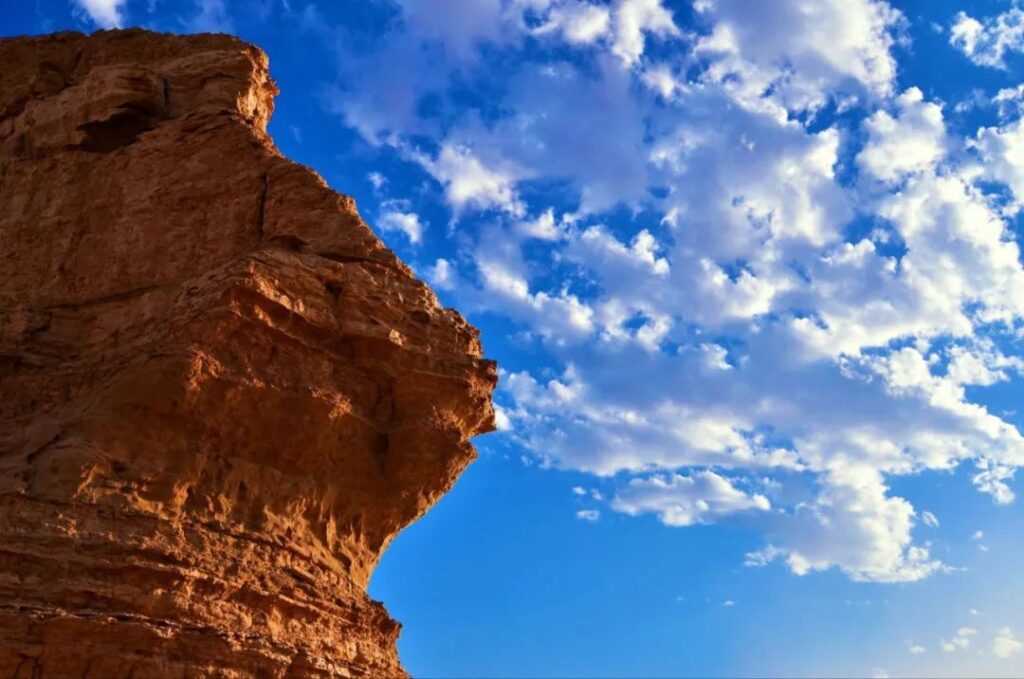
The Sanlong Sha dune belt is still influenced by northeastern winds and moves constantly. When the wind blows, the sand moves like a snake. Walking through the wind, fine sand swirls up to one’s knees. Hence, there’s a local saying: “Walk quickly on flowing sand, slowly on water.”
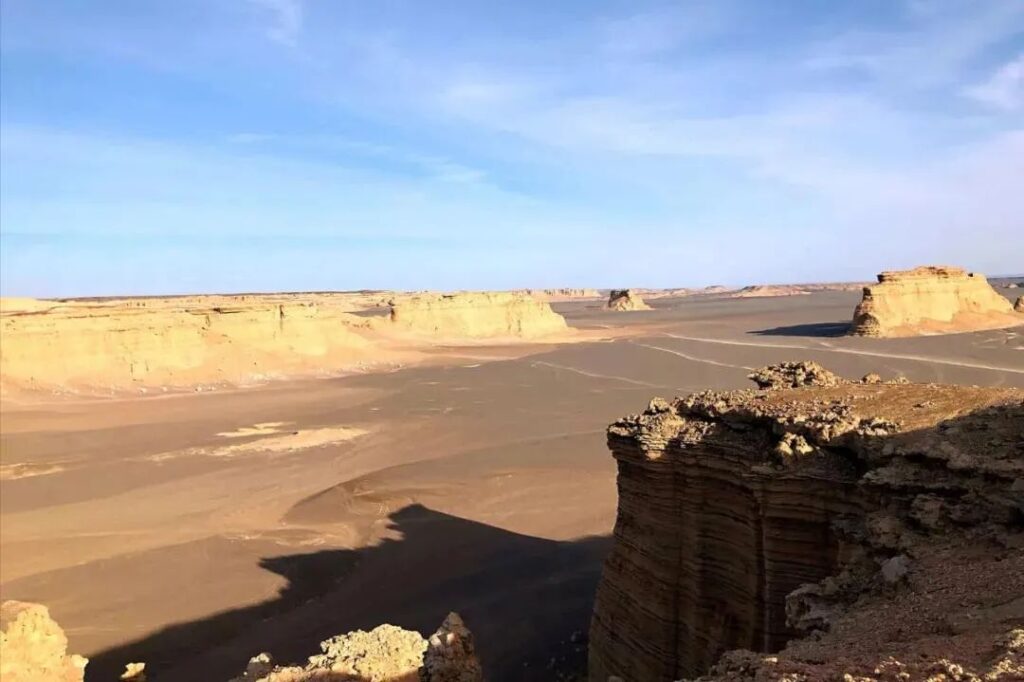
This area has been a crucial part of the Silk Road since ancient times. With luck, one might even find artifacts here. However, it’s also known as a place haunted by devils. Due to the similar shapes of the earth platforms, it’s easy to get lost after entering. If caught in a sandstorm, the howling wind sounds like ghosts wailing, striking fear into people’s hearts.
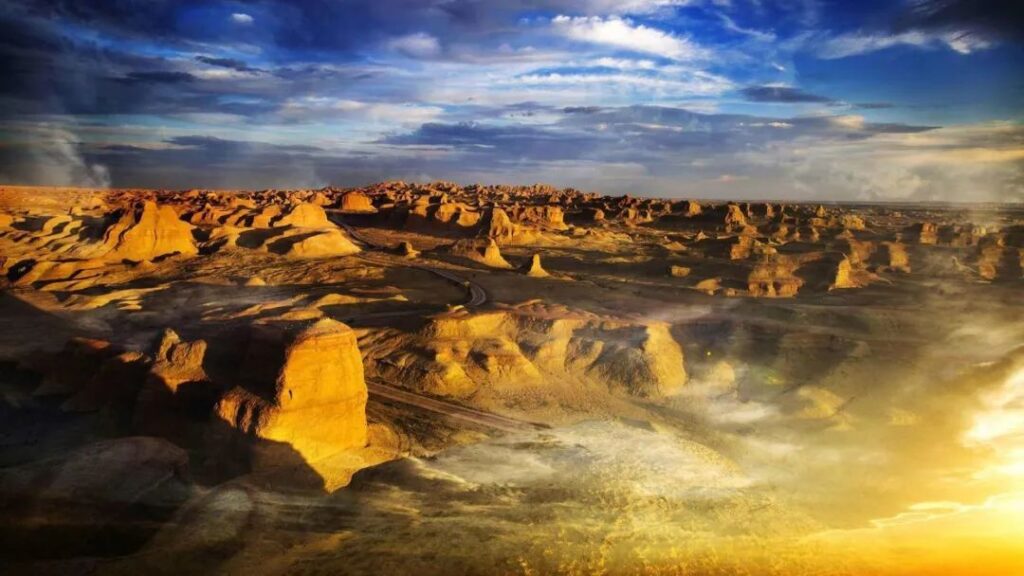
Friends, have you seen such a “Devil’s City”? Would you dare to go?





